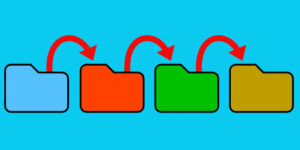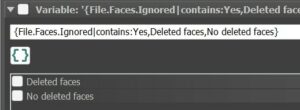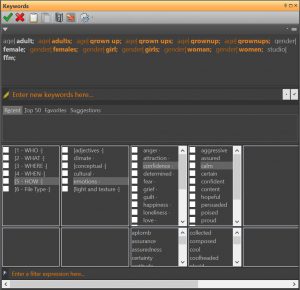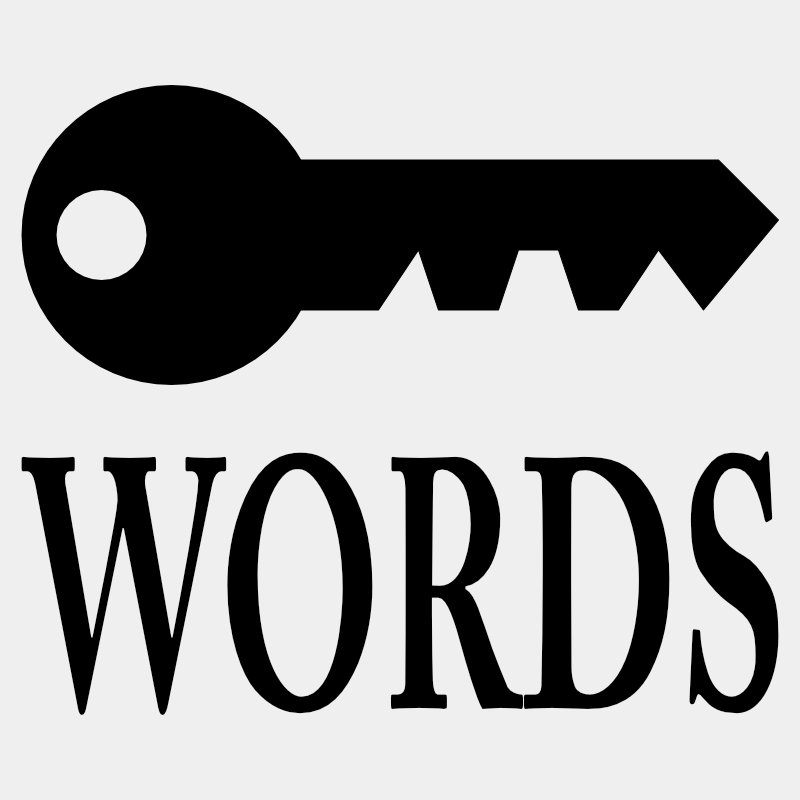The Hidden Problems of Image Metadata: Why Your Photos May Not Be as Organized as You Think
In today’s digital world, where photos are taken, shared, and edited across various platforms, image metadata is crucial. This metadata—EXIF, IPTC, GPS, and XMP—contains important information about your images, such as camera settings, location, keywords, description, copyright and legal information, and more. However, as you switch between different software applications or platforms, you may encounter […]










